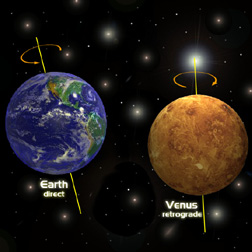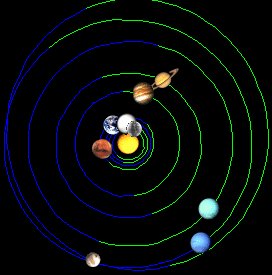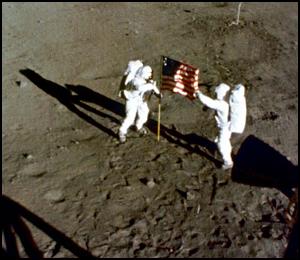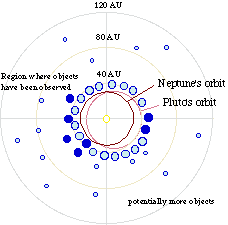How long does it take for Mars to rotate on its axis? What is the periodof the Earth? The Moon?

One of the definitions Webster's dictionary gives for "period" is "the completion of a cycle". When we're thinking about the motions of planets, a period can be defined in a couple of different ways. The "rotational period" of an object in the solar system is the amount of time it takes for the object to complete one turn, or rotate on its axis. We call the rotational period of Earth a "day". Earth's day (or rotational period) is exactly 23.9345 hours (or, 23 hours, 56 minutes, 4.2 seconds). Mars takes just a little longer, at 24.6229 hours. The Moon is much slower than either Earth or Mars at 655.728 hours. In the time that it takes for the Moon to complete just one turn on its axis, the Earth will turn over 27 times!
In addition to rotational movement, the bodies in our solar system also move around, or orbit, other bodies. Planets orbit the Sun while moons orbit around planets. The amount of time required for a planet or moon to complete one orbit around another body is called an "orbital period". On Earth, we call this orbital period a "year". Our year is 365.256 days. On Mars it takes 686.98 days (Earth days, that is) to complete one orbit about the Sun--that's a long time to wait between birthdays!
Since the Moon's orbit centers on the Earth, rather than the Sun, it
would be a little confusing to think of the Moon's orbit as a "year".
Instead,
this cycle of the Moon orbiting the Earth is much closer to our calendar
system of "months". It takes 27.322 days (or 655.728 hours) for the Moon to
orbit the Earth. If that number looks familiar, it's because the orbital
period of the Moon is exactly the same as its rotational period. This is
the reason we can never see the far side of the
Moon from Earth--it's always facing away from us.
Submitted by Elizabeth (West Virginia, USA)
(October 15, 1997)












